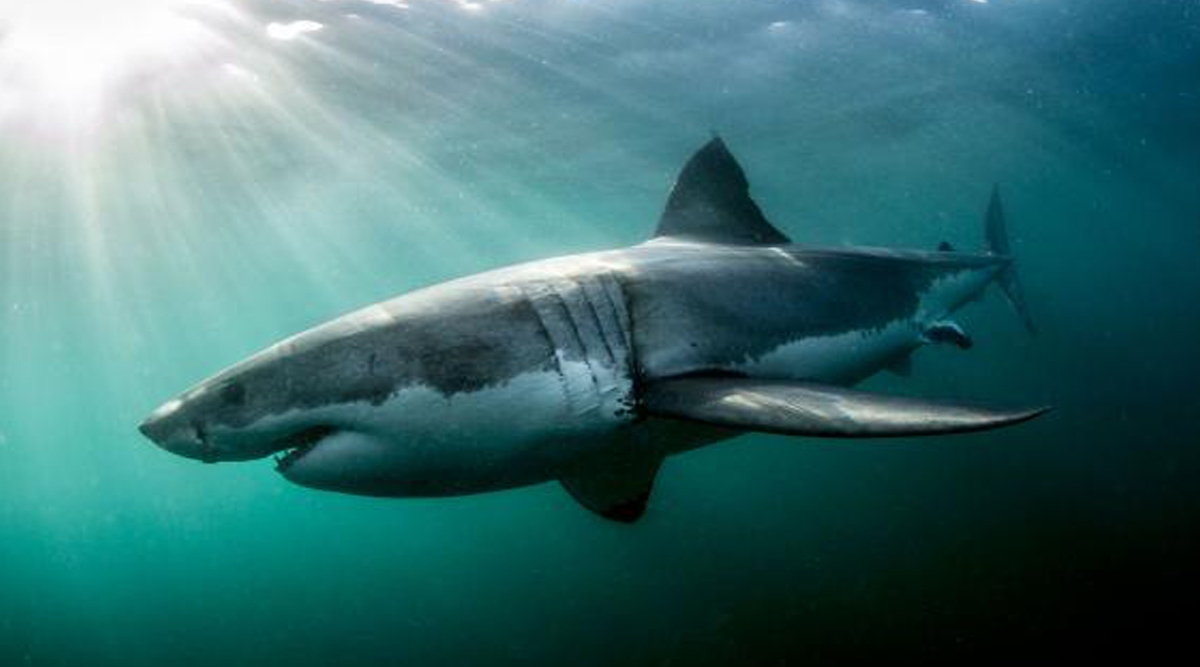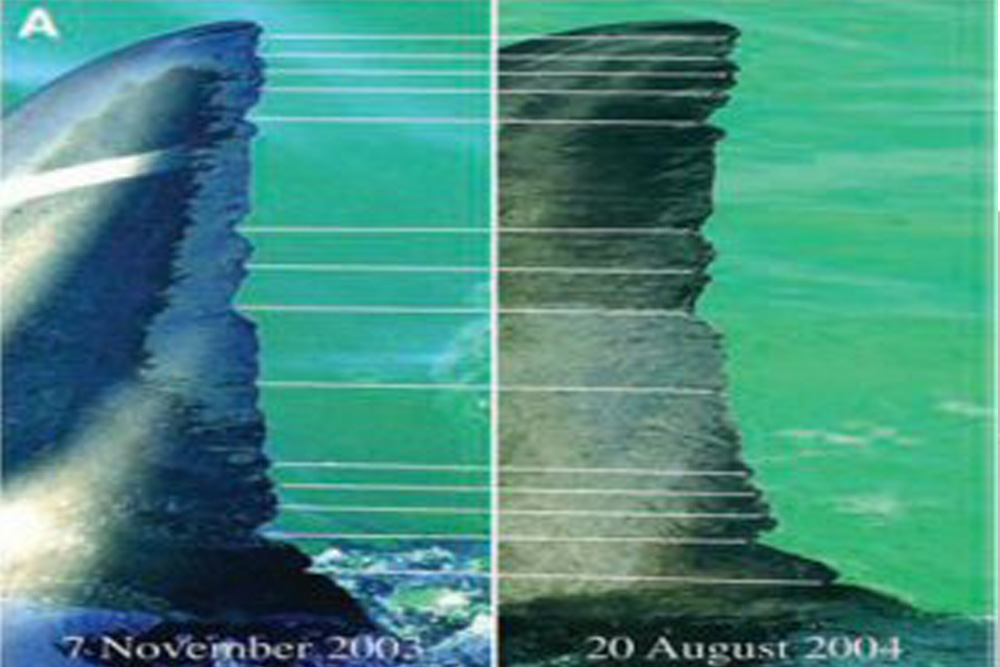
Population Research: Mark and recapture is a method commonly used in ecology to estimate an animal population’s size. A portion of the population is captured, marked, and released. Later, another portion is captured and the number of marked individuals within the sample is counted. Since the number of marked individuals within the second sample should be proportional to the number of marked individuals in the whole population, an estimate of the total population size can be obtained by dividing the number of marked individuals by the proportion of marked individuals in the second sample. The method is most useful when it is not practical to count all the individuals in the population.
Many sharks lend themselves well to mark-recapture population studies, due to the difficulty of studying and observing an entire population, and the reluctance of many scientists to rely on fishing trends to determine the population health of endangered or vulnerable species. In addition, many of the species that we want to study are visually distinct, and thus instead of physically capturing an individual, we can ‘capture’ it via a simple photograph. These identification photographs are the basis of our mark-recapture population work.
On the white sharks, we have traditionally utilised the dorsal fin as a feature to conduct such studies. The dorsal fins trailing edge, when viewed carefully, consists of a distinct pattern of notches, cuts, abrasions etc. that make it visually distinct from any other fin. Whilst the fins notches will change over time, any notches will stay constant between samplings and thus allow us to track the change in the fin over time. In more recent years (with the availability of gopros), we have also extended our research underwater and target the white-grey pigmentation pattern between the white sharks dorsal (top) and ventral (bottom) surface.
The cumulation of this research, is an ongoing annual estimate of South Africa’s white shark population, that enables managers to monitor and determine the ongoing health and sustainability of this species in South Africa










Sorry, the comment form is closed at this time.